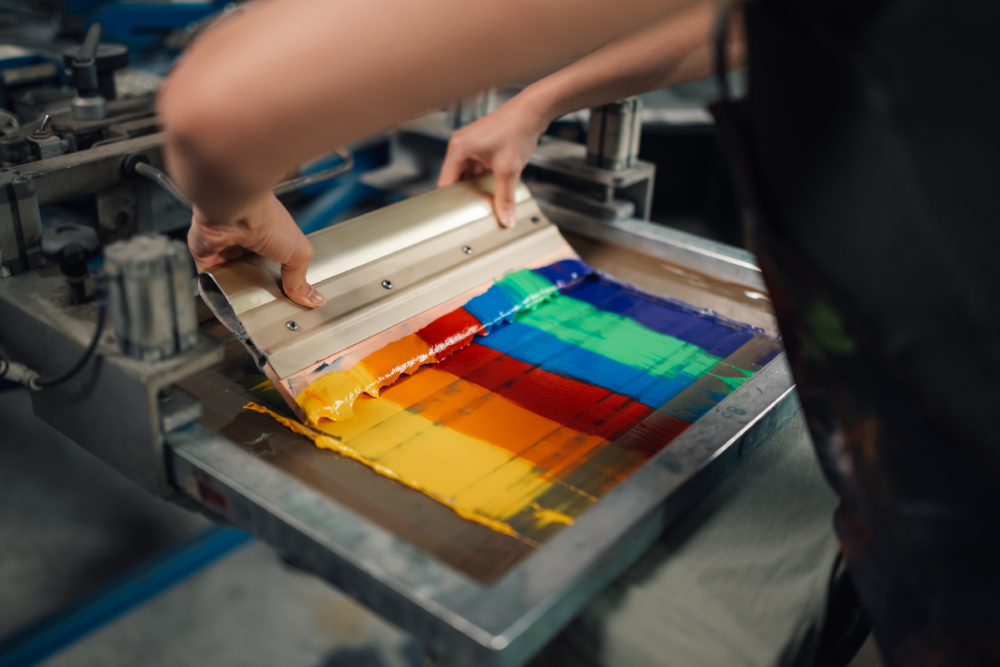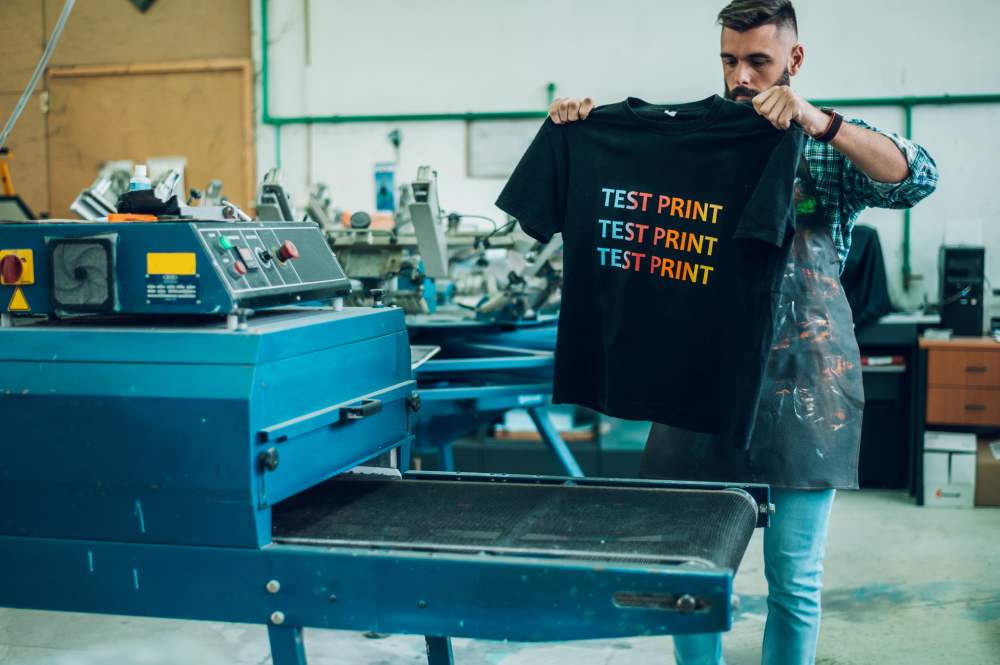Art, Logo and Design Tips

Artwork guide for screenprinting
Please refer to our artwork guide for best practices on submitting your designs and files for screen printing.
Vector files
Whenever possible, please submit your artwork as vector files. These formats allow for resizing without any loss in quality, ensuring crisp and professional results across all screen printing applications. We accept vectors in any of the following formats:
Recommended vector formats:
- .ai (Adobe Illustrator)
- .eps (Encapsulated Postscript Vector)
- .pdf (Portable Document Format)
Vector checklist:
- Size the image to the size you’d like it printed.
- Crop the art board to the design.
- Convert fonts to outlines.

Raster files
Recommended raster formats
If you can’t provide a vector file, we also accept the following raster formats:
- .psd (Photoshop Document)
- .tif / tiff (Tagged Image File Format)
- .png (Portable Network Graphic)
Raster checklist:
- Design at 300 dpi minimum (600 dpi preferred).
- Design at print size or larger.
- Check image is of good quality. It should look sharp when viewed at 100% zoom.

Photographic/gradient files
Photographic artwork, or artwork with gradients, are handled differently than standard, color designs. Typically, these are printed as CMYK or singular halftone designs where the image is composed of thousands of small dots. We offer this in Greyscale (White or Black) as well as Full Color (CMYK). Full color involves 4 layers of Cyan, Magenta, Yellow and Black that blend into the colors needed for the artwork. This doesn’t provide full accuracy, so we would recommend an alternative imprint method known as Direct-to-Garment (DTG) Full Color printing that applies water-based ink onto shirts, similar to an inkjet printer. For this process, we highly advise using 100% cotton t-shirts for maximum vibrancy and longevity after repeated washes.
To prepare your artwork, please follow the same file formats and checklist as raster files above, plus the following.
Photographic checklist (Same as raster plus the following):
- If artwork is a .psd we recommend sending the original artwork in layers.
- Do not apply halftone or halftone effects. This is something we would need to do to ensure best results with our set up.

Hand-drawn/scanned files
Please consider the following when sending scanned sketches, paintings and hand-drawn files.
Hand drawn checklist:
- Scan at the highest resolution you can, at least 600 dpi.
- Try to make sure that you have tidied up any scuffs and rogue marks you don’t want printed. If you have Photoshop, then this can be done after scanning. If we have a lot of tidying up to do before printing this may be subject to an additional fee.
- If edited in Photoshop, save as a .psd file.

Ink colors
The industry standard colors used in screen printing are “Pantone” colors. Pantone is a guide (typically a book) the has a large number of swatches we reference when proofing your artwork and mixing your ink.
We recommend providing Pantone numbers chosen from a printed Solid Coated book, these Pantone numbers end in “C”.
If not supplied with Pantone colors, our art department will pick the closest Pantone colors to match the color they see on their monitor. Monitor colors can vary a lot – which is why if you’re particular about color, we recommend providing us with the appropriate Pantone numbers.

